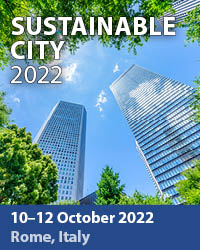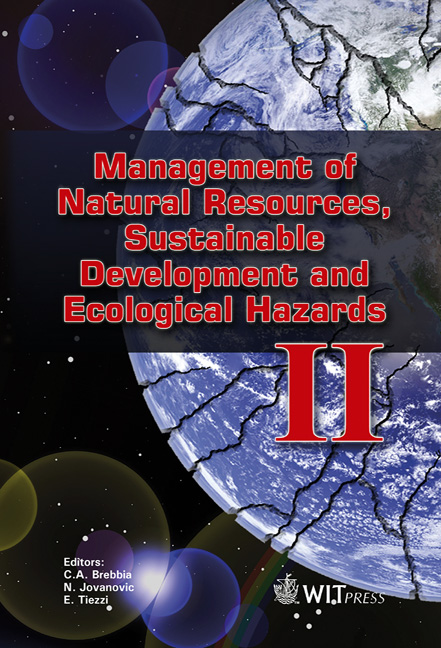Baltic Sea Action Plan Process: Co-production Of Science And Policy
Price
Free (open access)
Transaction
Volume
127
Pages
12
Page Range
187 - 198
Published
2009
Size
452 kb
Paper DOI
10.2495/RAV090161
Copyright
WIT Press
Author(s)
R. Aps, G. Martin & O. Roots
Abstract
Baltic Marine Environment Protection Commission (HELCOM) works as an environmental policy maker for the Baltic Sea area by developing common environmental objectives and actions. HELCOM Ministerial Meeting held in November 2007 in Krakow (Poland), adopted an ambitious Baltic Sea Action Plan to substantially reduce pollution to the Baltic Sea and restore its good ecological status by 2021. According to the hazardous substances segment of the HELCOM Baltic Sea Action Plan the overall goal is to achieve a Baltic Sea with life undisturbed by hazardous substances. The goal is described by four ecological objectives: 1) concentrations of hazardous substances close to natural levels, 2) all fish safe to eat, 3) healthy wildlife, and 4) radioactivity at pre- Chernobyl level. In order to make the ecological objectives operational, the indicators with targets, reflecting good ecological and environmental status of the Baltic marine environment, have been agreed. The history of HELCOM activities demonstrates that the nominally scientific assessments of the Baltic environmental risks have helped to underpin the legitimacy of claims about the need for new Baltic regional political co-operation. At the same time, the Baltic regional political co-operation has proved necessary to support the legitimacy and credibility of scientific assessments of the Baltic environmental risks. Keywords: Baltic Sea Action Plan, marine environment protection, coproduction of science and policy.
Keywords
Baltic Sea Action Plan, marine environment protection, coproduction of science and policy





